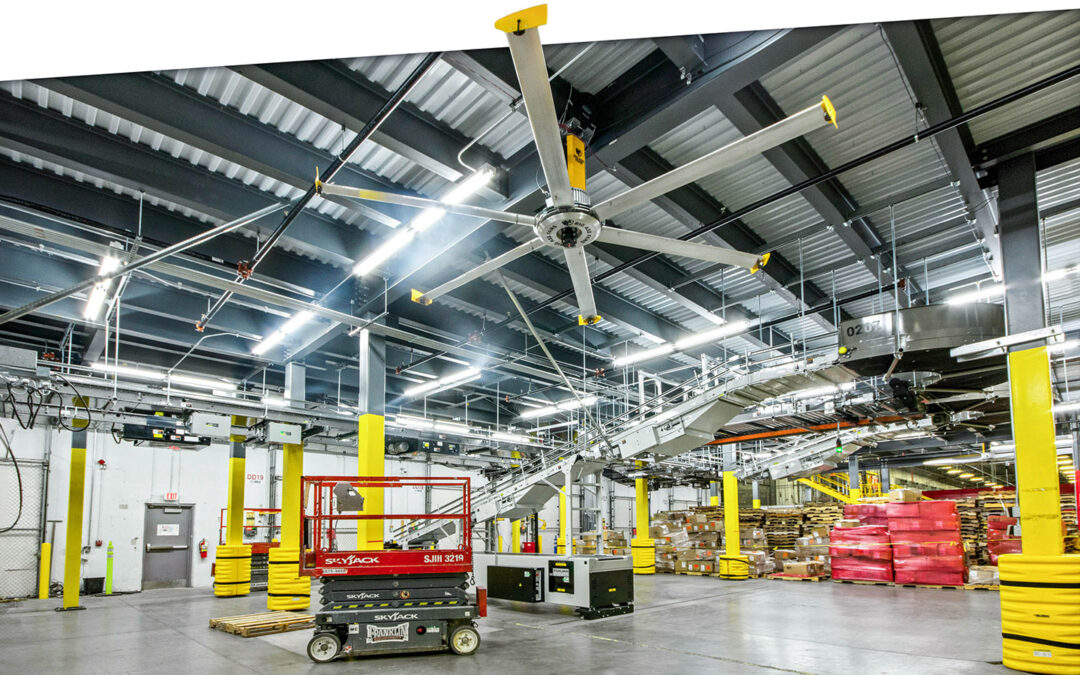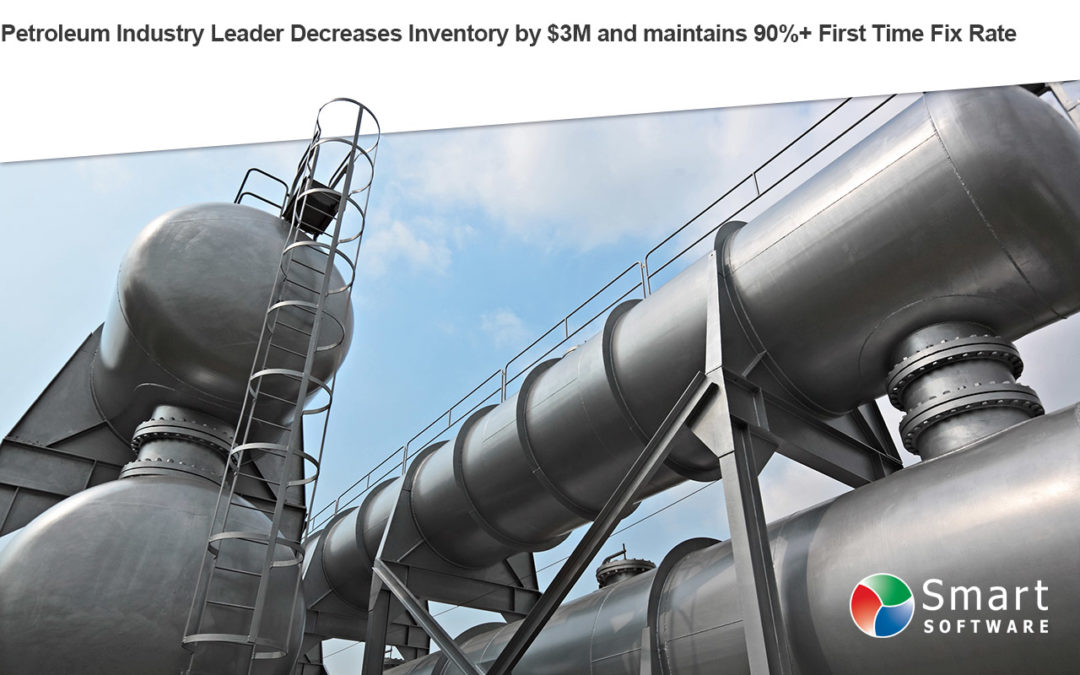
Big Ass Fans Turns to Smart Software as Demand Heats Up
Big Ass Fans is the best-selling big fan manufacturer in the world, delivering comfort to spaces where comfort seems impossible. BAF had a problem: how to reliably plan production to meet demand. BAF was experiencing a gap between bookings forecasts vs. shipments, and this was impacting revenue and customer satisfaction BAF turned to Smart Software for help.

Procon Pumps Uses Smart Demand Planner to Keep Business Flowing
Smart platform’s advanced analytics, and smooth integration with Procon’s ERP system led to accurate forecasts, and optimal inventory levels.

ImpressArt Helps Entrepreneurs Create Beautiful Jewelry – aided by Smart IP&O
Jeff Wolter, CEO of ImpressArt, explains why forecasting is so important, how he came to select Smart Inventory Planning and Optimization as Impress Art’s forecasting and demand planning system, and how better forecasts are helping their business.

Electric Utility Goes Live in 90 Days with Smart IP&O and saves $9,000,000
Smart Software today disclosed its selection by a large US Electric Power Utility along with initial operating results. Smart implemented its software in just 90 days and has been credited for reducing inventory by $9 million within its first six months of operation.

Field Service Parts Optimization at Seneca Companies
Seneca Companies, an industry leader in automotive petroleum services, adopted Smart Software to model customer demand, inventory performance, and to drive Service Parts Optimization.

Engineering to Order at Kratos Space – Making Parts Availability a Strategic Advantage
The Kratos Space group within National Security technology innovator Kratos Defense & Security Solutions, Inc., produces COTS s software and component products for space communications – Making Parts Availability a Strategic Advantage
Smart IP&O, a Digital Supply Chain Platform
Smart Inventory Optimization

Optimal Inventory Levels
Reduce excess stock
Improve service levels
Minimize buyer transactions
Maximize return on assets

Organizational Consensus
Balance service levels
Identify stockout risk
Identify overstocks
No finger-pointing

Operational Connectivity
Align process with strategic objectives
Empower team to “make it so”
Optimize as conditions change
Pass results to ERP
Who is Inventory Optimization for?
Smart Inventory Optimization is for executives and business savvy planners who seek to:
- Yield maximum returns from inventory assets.
- Address the problem of highly variable or intermittent demand.
- Broker the service vs. cost tradeoffs between different departments.
- Develop a repeatable and efficient inventory planning process.
- Empower the team to ensure operational plan is aligned with strategic plan.
What questions can Inventory Optimization answer?
- What is the best service level achievable with the inventory budget?
- What service levels will yield the maximum return?
- If lead times increased, what would it cost to maintain service?
- If I reduce inventory, what will the impact on service be?
- If order quantity increases, what will the impact on service and costs be?
- What is the order quantity that balances holding and ordering costs?
Inventory forecasting for the inventory executive
Smart Inventory Optimization empowers you to:
- Predict service performance and inventory costs.
- Assess business impact of “what-if” inventory policies.
- Align inventory policy with corporate strategy.
- Establish an operational framework that guides the planning team.
- Reduce inventory and improve service.















